Karma Kagyu lineage

The Kagyu lineage is one of the four main schools of Tibetan Buddhism. It has its origins with the historical Buddha.
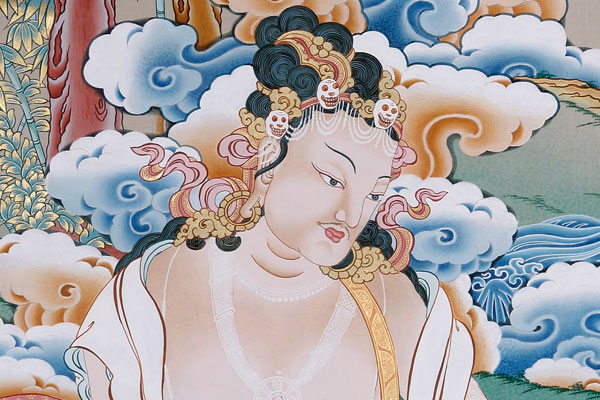
In ancient India, the teachings passed from teacher to student for around 1,500 years. Then in the tenth century, tradition tells us that a wandering ascetic named Tilopa (988-1069) achieved full realization. Tilopa gave many teachings including the famous “Ganges Mahamudra”, which Lama Ole Nydahl often teaches on Diamond Way Buddhist courses. Tilopa chose Naropa as his main student.
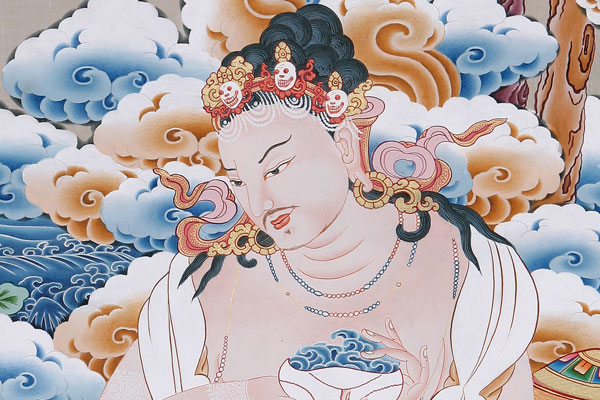
Naropa (1016-1100) was a former professor of Buddhist philosophy. Tilopa used very strong methods to break Naropa’s reliance on concepts (Naropa’s 12 Major Trials), and eventually Naropa realized the inner meaning of the teachings. Naropa systematized the meditations he got from Tilopa into the famous Six Yogas of Naropa: Illusory Body, Phowa, Conscious Dreaming, Clear Light, Bardo, and Inner Heat. All of these meditations are practiced in the Karma Kagyu lineage today. Diamond Way Buddhist students practice the Phowa and Clear Light meditations.
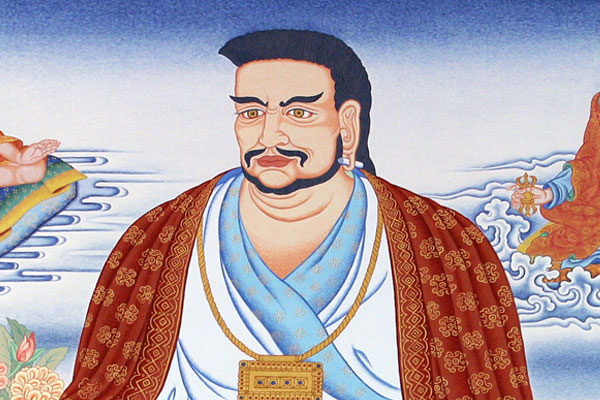
Marpa the Translator (1012-1097) was a layman with a family and a business. He was also a fully realized Buddhist master. Marpa made the difficult and dangerous journey from Tibet to India on foot over the Himalayas not once, but three times. Marpa united the Mahamudra teachings from the master Maitripa and the meditations on inner energies (the Six Yogas) from Naropa. Marpa brought back many important teachings and translated them into Tibetan. Marpa is the first Tibetan master in this lineage and the founder of the Kagyu school.
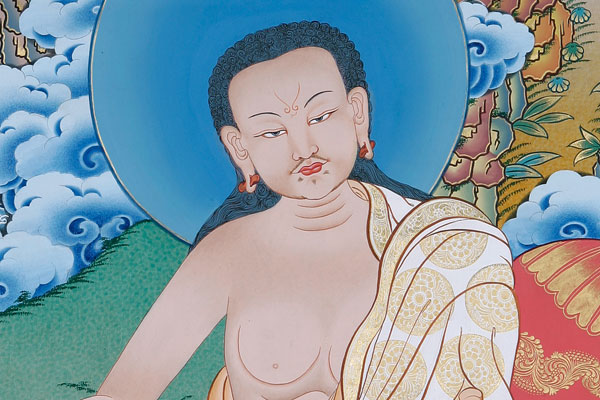
Milarepa had a dark childhood, and used black magic to wreak revenge on many people who had oppressed his family. Having repented, he turned to Buddhism to purify his past misdeeds. Milarepa built several towers for his teacher Marpa with his bare hands, which Marpa would cruelly tell him to tear down again. In this way, Marpa skilfully removed many karmic obstacles for his student. Milarepa spent years in retreat, and reached enlightenment. He is best known for his spontaneous songs of realization.
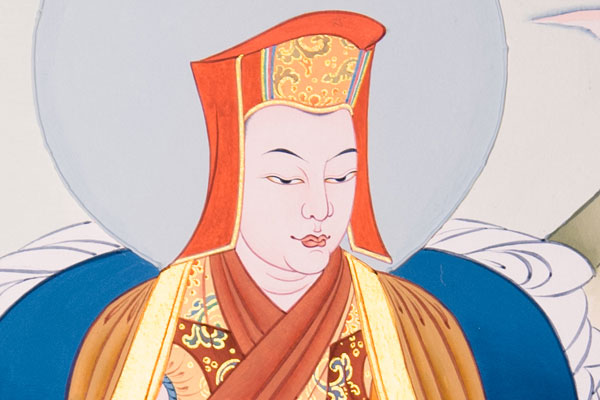
Gampopa was Milarepa’s most renowned student. The “doctor from Dhagpo” lost his wife to illness. On her deathbed she made him promise not to take another wife, and so Gampopa became a monk. Gampopa trained with Milarepa, achieved realization, and accumulated perhaps 50,000 students. Four of Gampopa’s students founded four major branches of the Kagyu lineage: Barom Kagyu, Karma Kagyu, Phagdru Kagyu, and Tshalpa Kagyu.
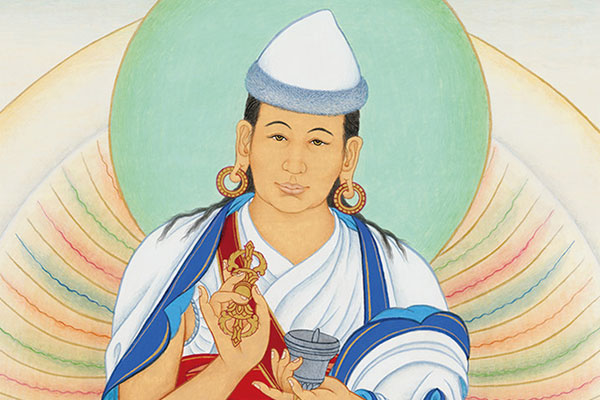
Another of Milarepa’s students, the yogi Rechungpa, brought several important transmissions into the Karma Kagyu lineage, and, along with Gampopa, was a teacher of Dusum Khyenpa (1110-1193). Upon meeting Dusum Khyenpa, Gampopa told his students, “He is pretending to be a disciple of mine in order to hold my lineage for future sentient beings, but in actuality, he has already accomplished the goal of the path.”
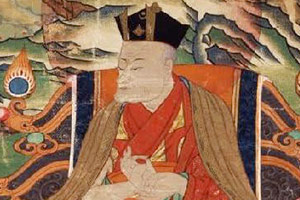
Dusum Khyenpa became the next Kagyu lineage holder. Before he died, he told his students, “In order to preserve and spread these teachings I will reincarnate again.” And just as he had predicted, the 2nd Karmapa soon appeared, telling everyone at a very young age that he was the Karmapa. The Karmapas are thus the oldest reincarnate lineage in Tibetan Buddhism. The lineage that began with Dusum Khyenpa is known as the Karma Kagyu lineage. “Karma” in the name of the lineage comes from Karmapa.
The Karma Kagyu lineage continued from the first Karmapa, Dusum Khyenpa, through his lineage holders and the successive Karmapa reincarnations, to the 17th Karmapa today.
Comments
Post a Comment